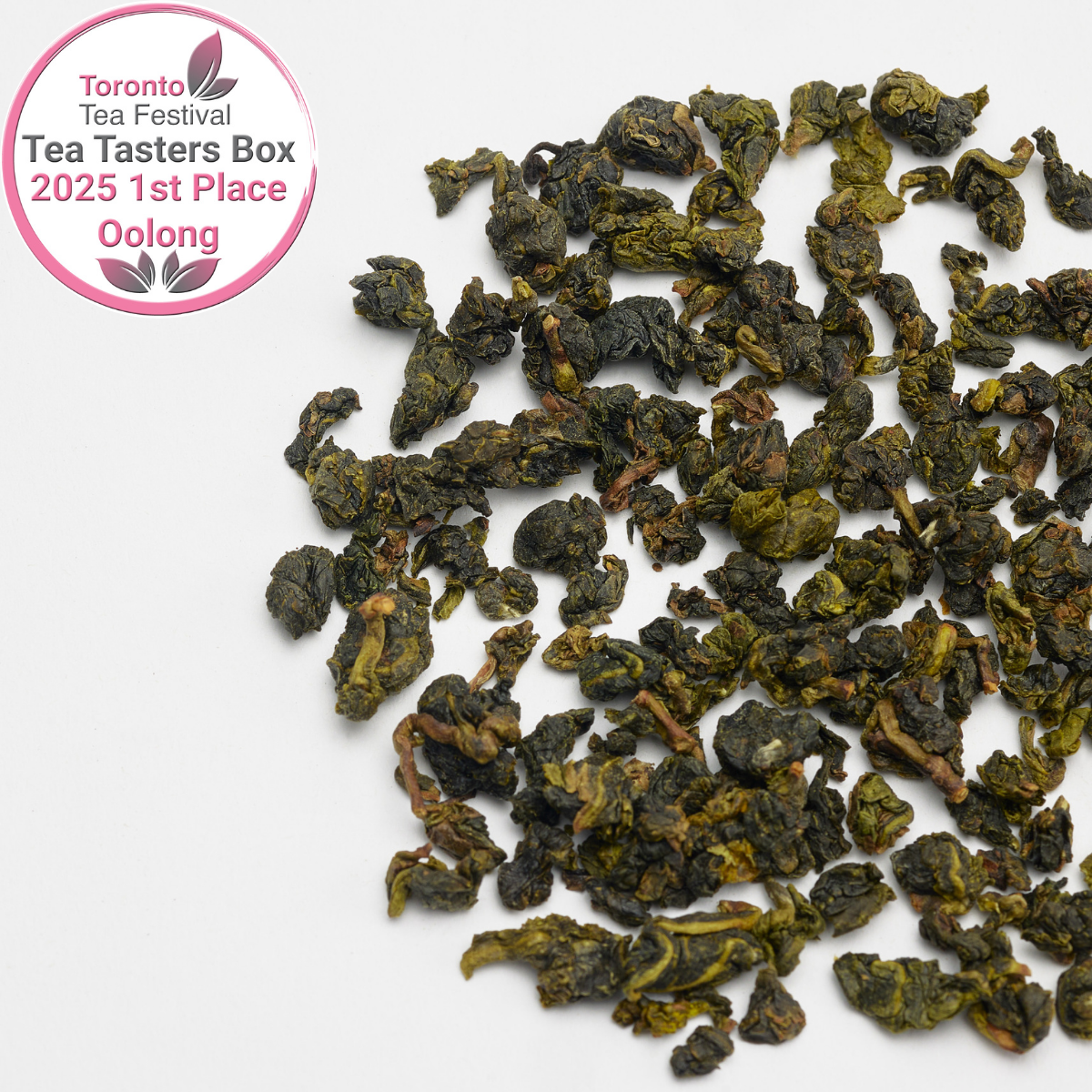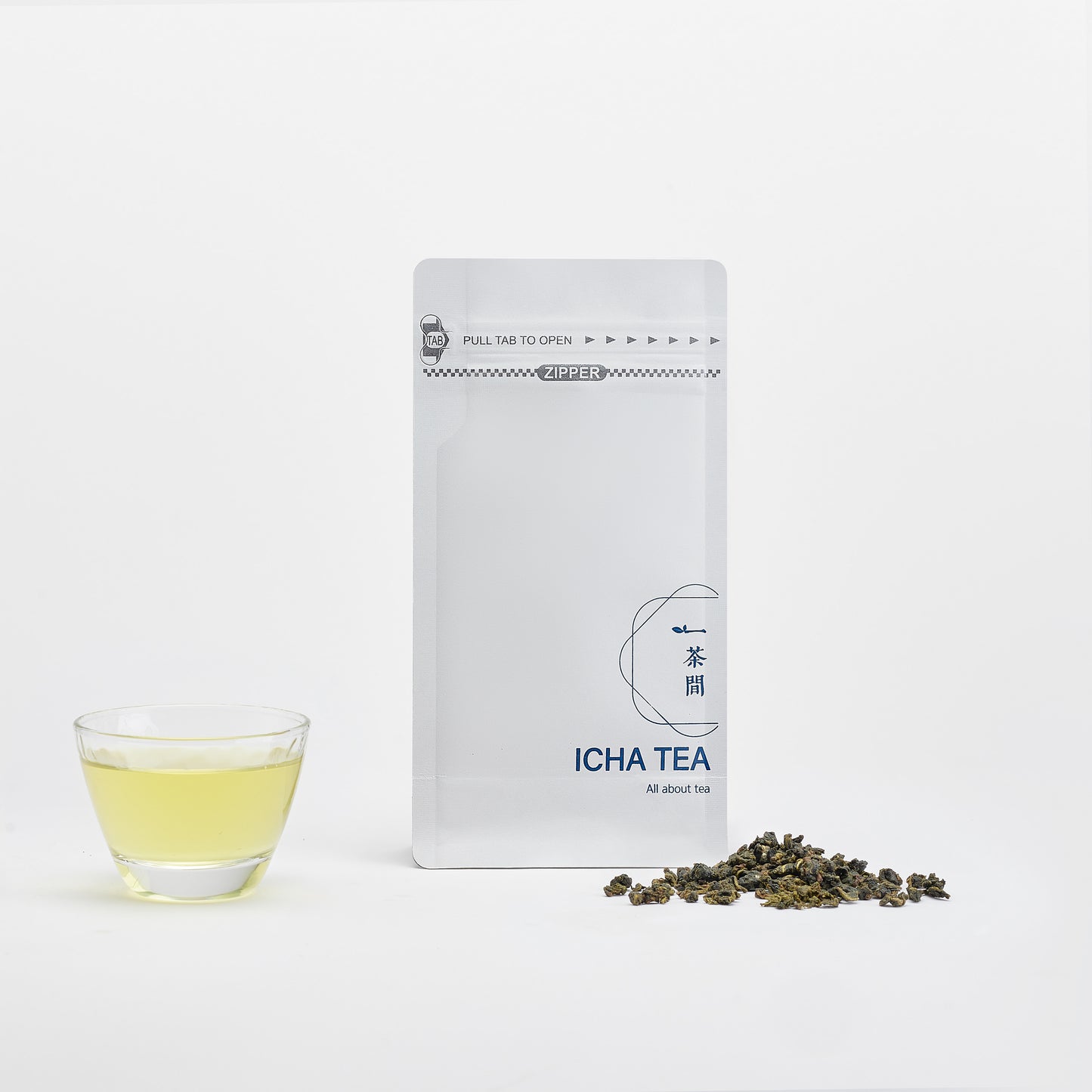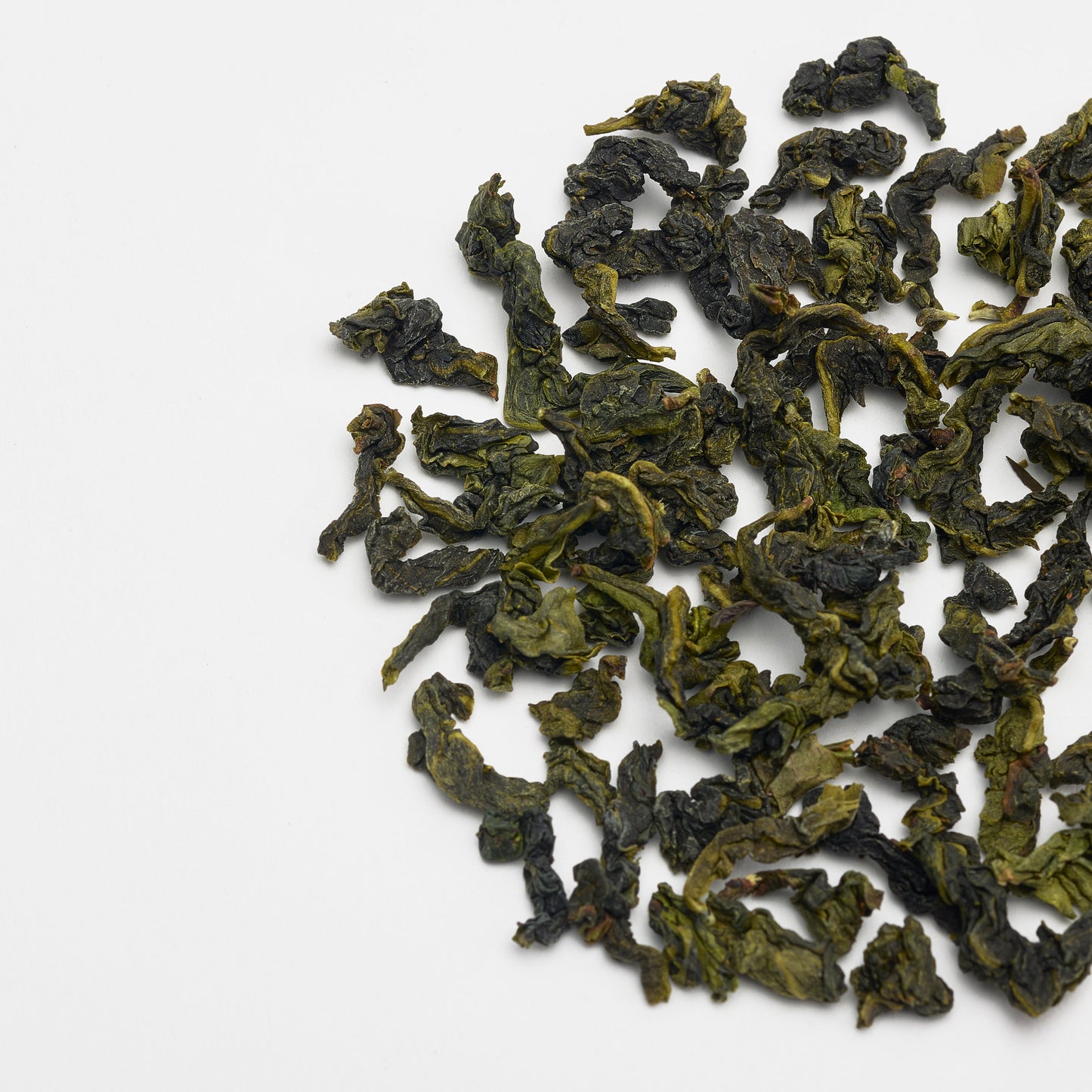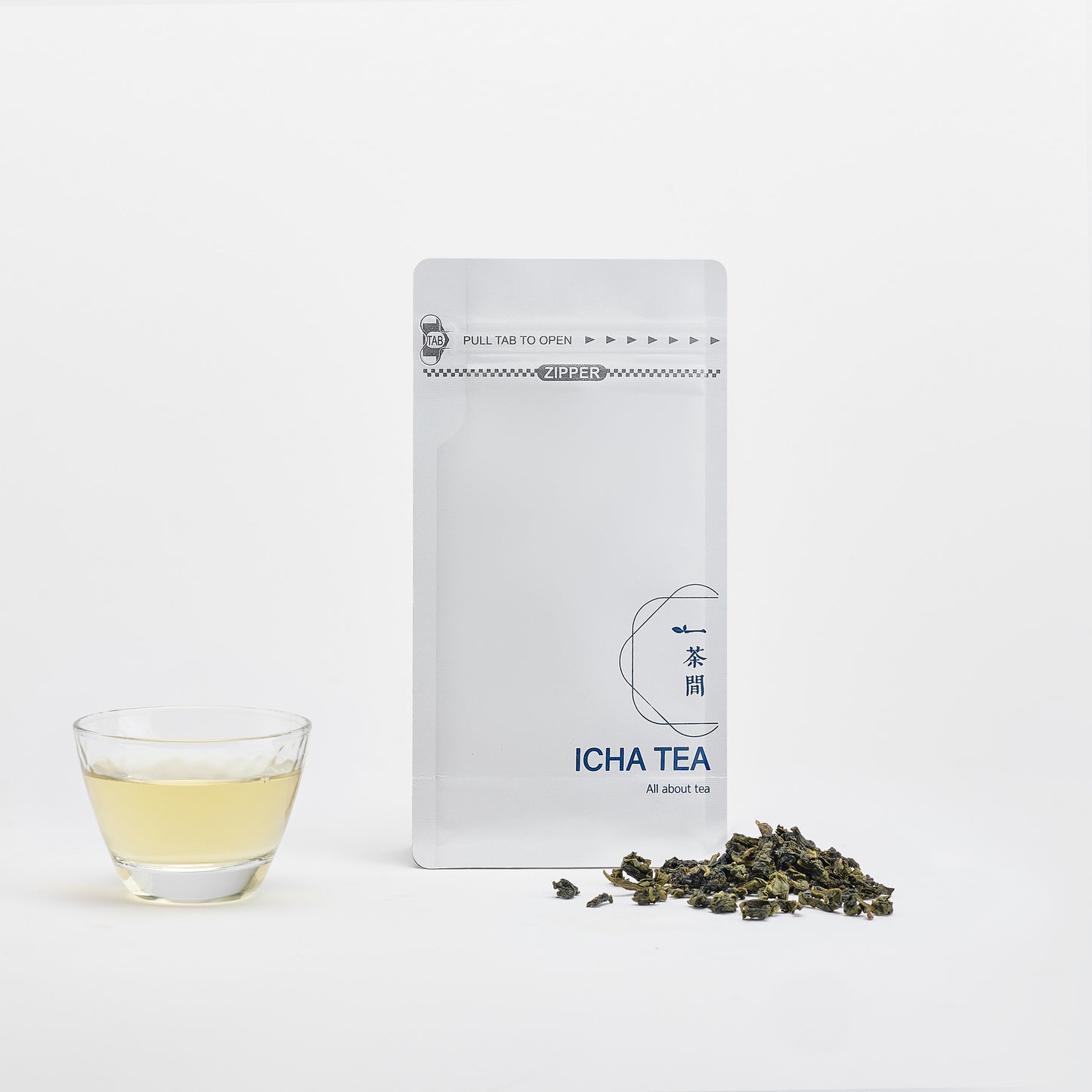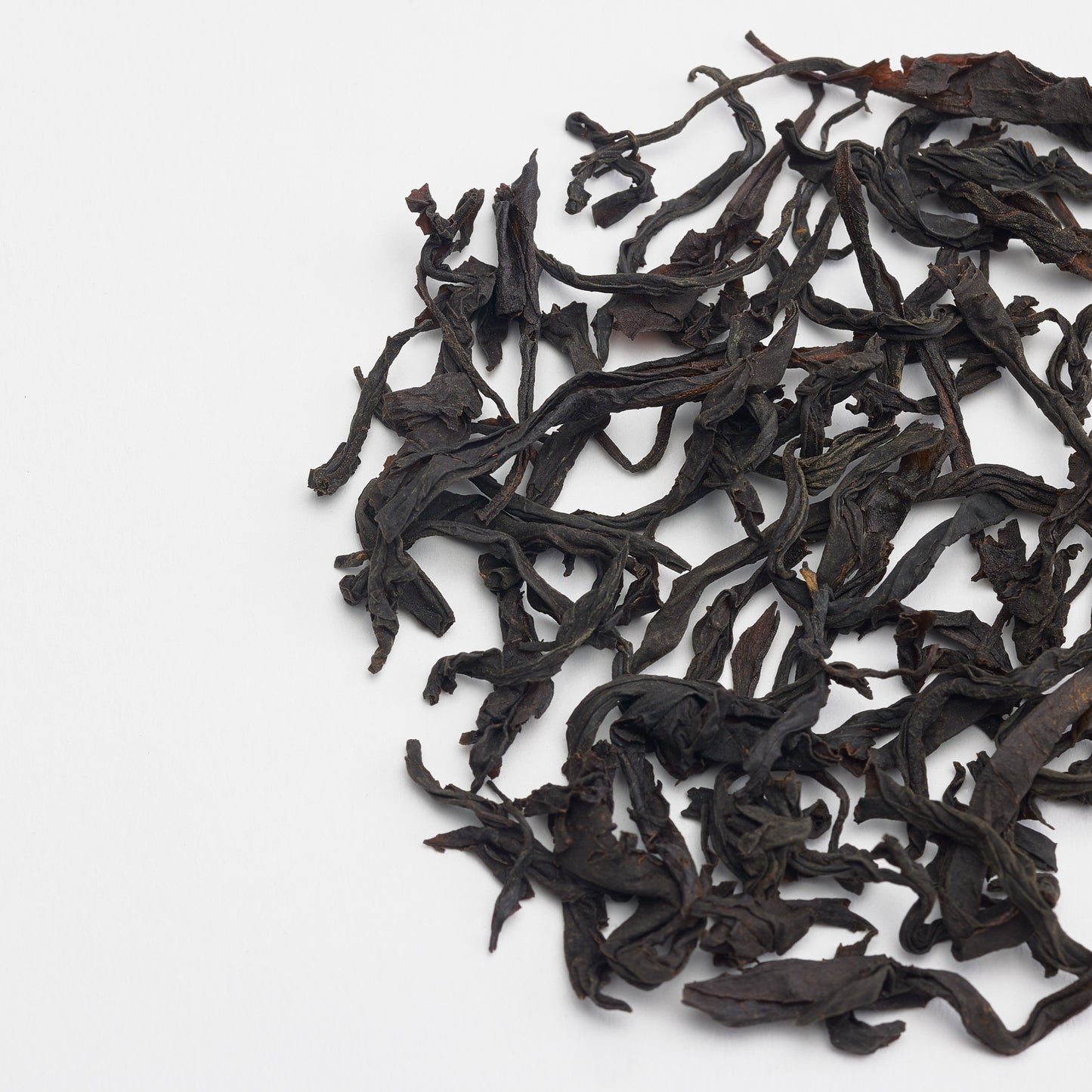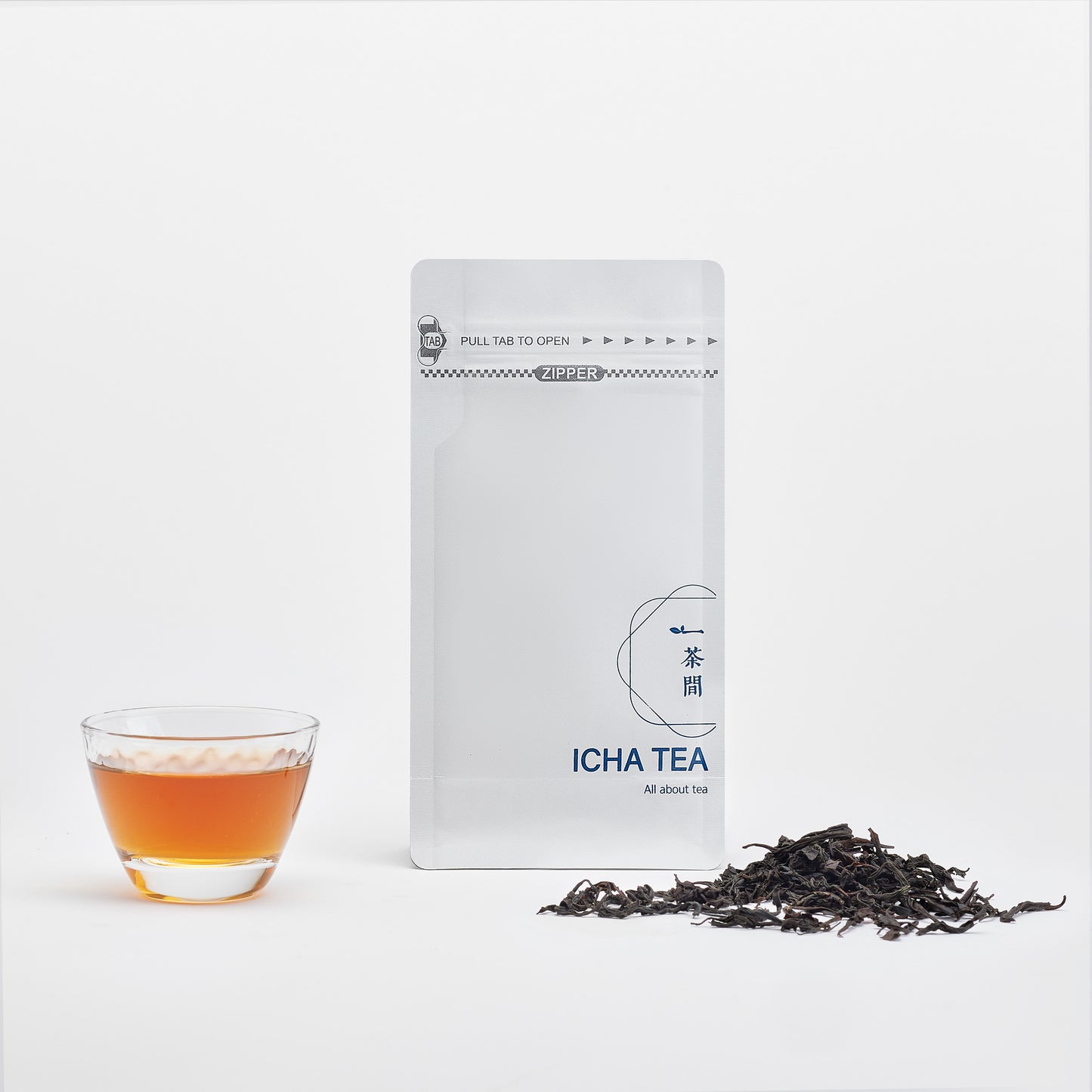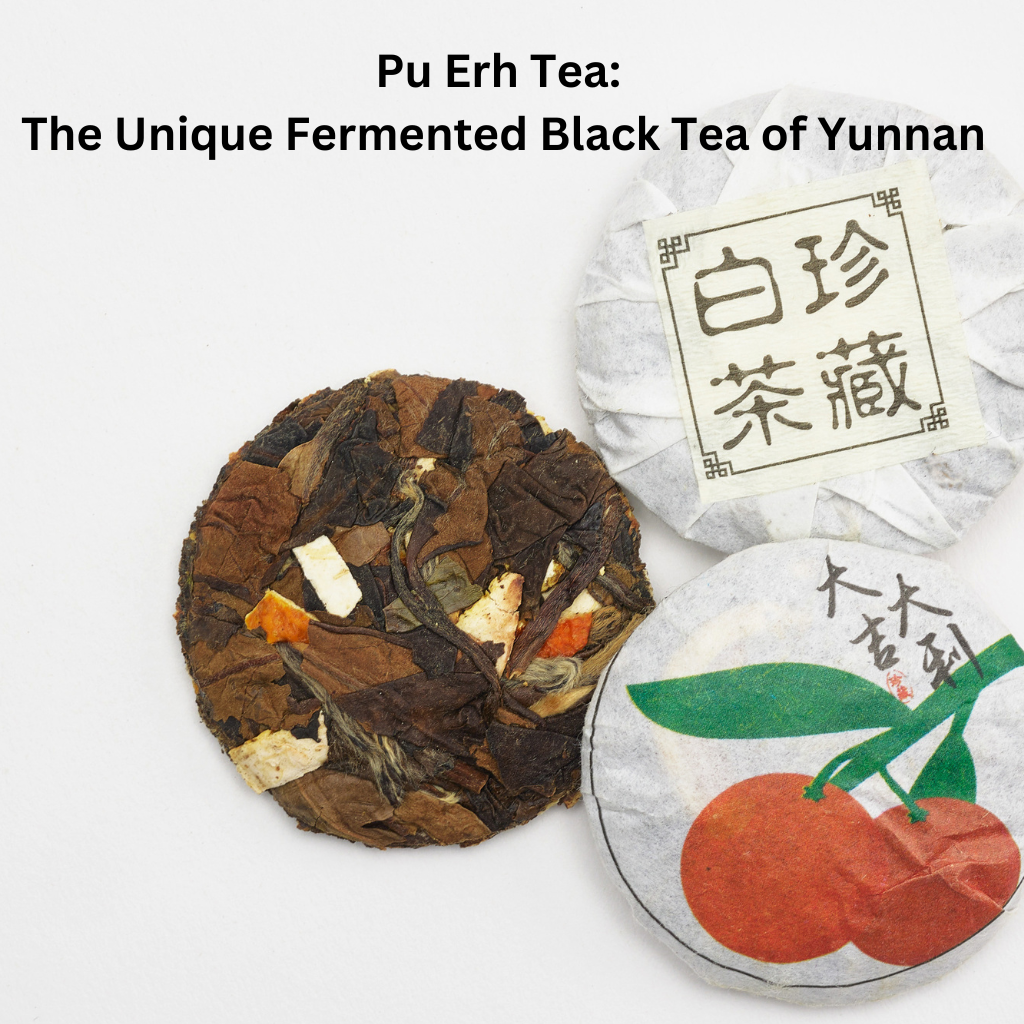
Pu Erh tea, originating from Yunnan Province, China, represents a distinct category of fermented tea that differs significantly from traditional black tea. Its unique processing and aging potential have made it highly sought after by tea connoisseurs worldwide. It is a rather special Chinese cultural tea phenomena that has stayed trapped in time.
The Ancient History of Pu Erh
Pu Erh tea's history dates back over 2,000 years to the Han Dynasty when tea trees were first cultivated in Yunnan Province. During the Tang Dynasty (618-907 CE), Pu Erh (also written Pu'erh and Pu-erh) became an important trade commodity along the Ancient Tea Horse Road, a network of caravan paths connecting Yunnan with Tibet, Nepal, and India. Tea travellers discovered that the leaves changed character during the long journey, developing deeper flavours due to natural fermentation in the humid climate.
The compression of Pu Erh into cakes originated as a practical solution for transport, as horses could carry more tea in compressed form. This practice led to the discovery that compressed tea aged differently than loose leaf, creating unique flavours highly valued by traders. By the Ming Dynasty (1368-1644), Pu Erh had gained imperial recognition, and specific aging techniques were developed to enhance its characteristics. The tea became so valuable that it was used as currency in border regions, with standard cake sizes serving as units of trade.
What is Pu Erh Tea?
Named after the town of Pu'er in Yunnan, this tea comes from broad-leaf tea varieties native to the region. Unlike conventional black tea, pu-erh undergoes microbial fermentation, developing unique characteristics over time.
The tea begins as a raw material called maocha (rough tea), harvested from tea trees growing in Yunnan's diverse ecological conditions. Many prized pu erh teas come from ancient tea trees, some hundreds of years old, growing wild in the mountains. The region's climate, with its combination of humidity, altitude, and mineral-rich soil, contributes to the tea's distinct properties and ability to age
successfully.
Production Methods
Pu Erh comes in two main varieties: raw (sheng) and ripe (shou). Raw pu-erh follows traditional processing methods, aging naturally over years or decades. The leaves undergo minimal processing initially, allowing natural fermentation to occur gradually. This slow transformation creates complex flavours that can develop for 30 years or more.
Ripe pu-erh, developed in the 1970s, uses accelerated fermentation called wo dui. This process simulates years of aging in weeks, creating a dark, smooth brew. Manufacturers pile tea leaves in controlled environments, managing temperature and humidity to promote microbial activity. While this method produces enjoyable tea more quickly, many connoisseurs prefer the subtle complexity of naturally aged raw pu-erh.
The fermentation process involves beneficial bacteria and fungi that transform the tea's chemical composition, creating unique compounds not found in other tea types. This microbial activity continues even after the tea is dried and compressed, contributing to its aging potential.
Pu Erh vs. Traditional Black Tea
While both start as leaves from Camellia sinensis, their processing differs significantly:
Traditional black tea:
- Complete oxidation over hours or days- Processed once and consumed fresh
- Flavour peaks shortly after production
- Limited aging potential
- Consistent flavour profile
- Standard storage requirements
Pu Erh tea:
- Microbial fermentation over weeks, years, or decades- Continues developing flavour through aging
- Complex earthy, woody notes
- Increases in value with age
- Evolving taste characteristics
- Specific storage needs for optimal aging
The difference in processing creates distinct chemical compositions, affecting everything from taste to potential health benefits. While black tea is known for its theaflavins and thearubigins, pu'erh contains unique compounds produced during fermentation.
Types of Pu Erh
Pu erh appears in various forms:
- Loose leaf: Individual leaves for convenient brewing- Cakes (Bing): Round compressed discs, traditionally 357g
- Bricks: Rectangular compressed blocks
- Tuocha: Bowl-shaped nests
- Mushroom: Dome-shaped compression
- Golden Flowers: Featuring beneficial fungal growth
Quality grades depend on:
- Leaf grade and origin (ancient tree vs. plantation)- Processing expertise
- Age and storage conditions
- Compression quality
- Mountain of origin
- Season of harvest
Storage plays a crucial role in pu-erh's development.
Traditional storage methods include:
- Wet storage: Faster aging, more fermented notes
- Natural storage: Balanced approach following local climate
Brewing Guidelines
Proper brewing maximizes pu erh's unique characteristics:
Temperature: 95-100°C for ripe, 85-95°C for raw
Initial steeping: 10-30 seconds, increasing with subsequent infusions
Multiple infusions: Quality pu erh yields 8-12 flavourful steepings
Equipment: Traditional gaiwan or clay teapot recommended
Advanced brewing considerations:
- Rinse leaves briefly before first infusion- Adjust water temperature based on age and storage
- Consider tea-to-water ratio based on compression level
- Monitor steeping time carefully for optimal extraction
Pu Erh tea offers a fascinating journey into Chinese tea culture, combining historical significance with unique processing methods. Its ability to age and improve over time sets it apart from other teas, making it both a beverage and an investment. Whether choosing raw or ripe varieties, proper understanding enhances appreciation of this remarkable tea category, while careful storage and brewing techniques help realize its full potential.

